Deck & Commander Strategies
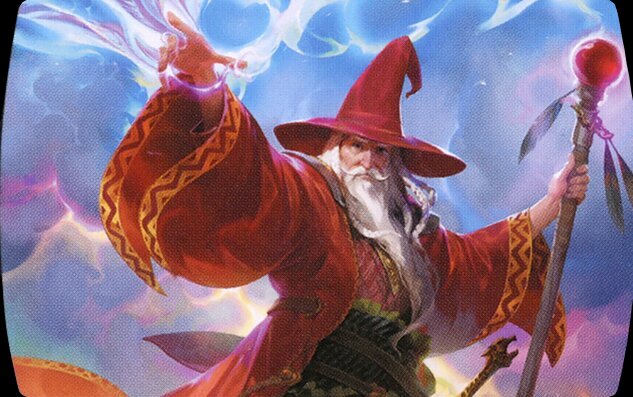
Elminster
A controlly, scry-focused deck that excels at card advantage and disruption, often using artifacts like Temporal Anchor to manipulate draws and spells like Out of Time to phase out threats, aiming to outvalue opponents and win through incremental advantage.
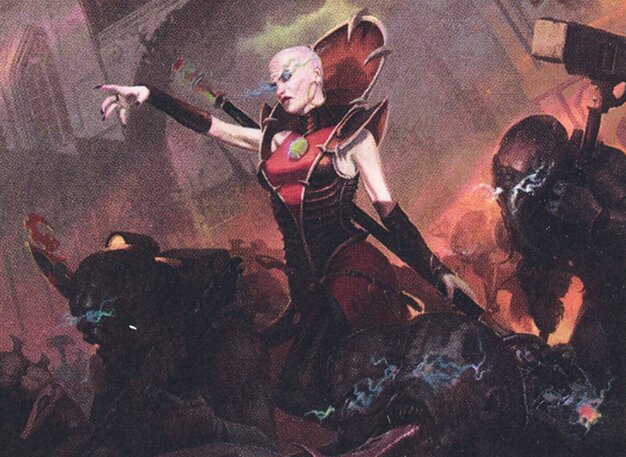
Magus Lucea Kane
A variant of Tyranids deck that leverages X spells and combo pieces like Freed from the Real and Incubation Druid to generate infinite mana, then deploys large Tyranid creatures to dominate the board and finish opponents.
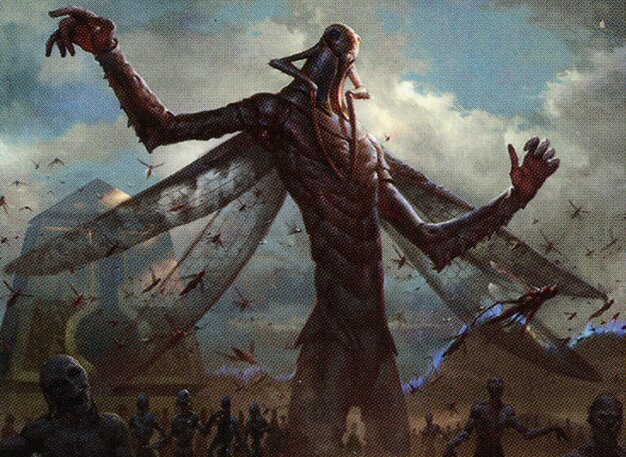
The Locust God
A token and card draw deck that generates 1/1 insect tokens whenever opponents draw cards, combos with cards like Skullclamp and Astral Altar to draw its entire deck, and uses anthem effects to turn tokens into lethal threats.
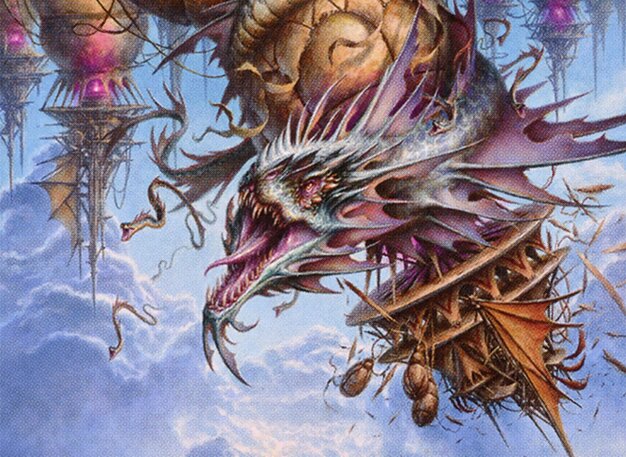
Xyris, the Writhing Storm
A deck focused on producing multiple snake tokens and forcing opponents to draw extra cards through effects like Fury's Puzzle Box, synergizing with Xyris’ ability to deal damage and force additional card draws to fuel its board presence.
Gameplay Insights
- 1
Elminster’s use of Out of Time to phase out all creatures, including commanders, forced opponents to prioritize removing him first to maintain their board presence.
- 2
The Locust God deck’s combo with Skullclamp and Astral Altar created a powerful loop to draw the entire deck and flood the board with tokens, posing a significant win threat.
- 3
Players negotiated temporary truces to prevent the Locust God from overwhelming the table with snakes, highlighting the social element of managing combo decks.
- 4
Early ramp and card draw spells like Incubation Druid and Sylvan Library set the pace for explosive midgame turns, enabling high-impact spells and combos quickly.
- 5
Mana acceleration with cards like Mana Crypt and Soul Ring was crucial for deploying expensive combos and maintaining tempo against aggressive token production.
Notable Cards
-
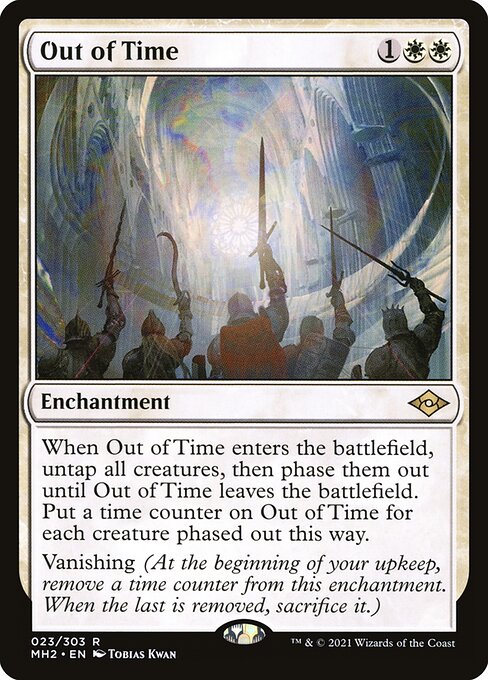
Out of Time
-
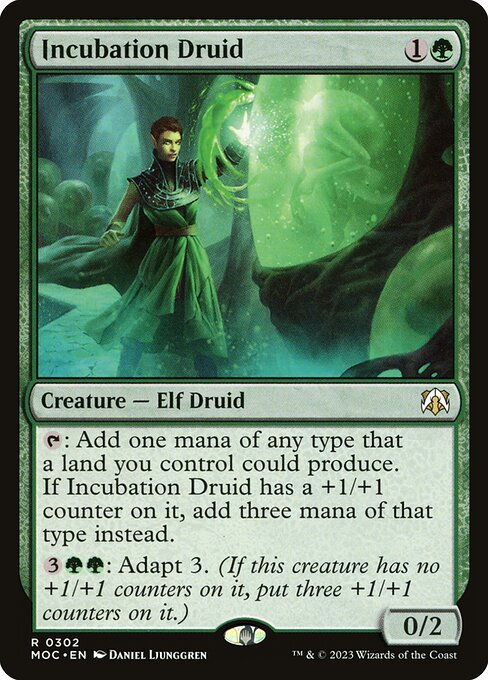
Incubation Druid
-
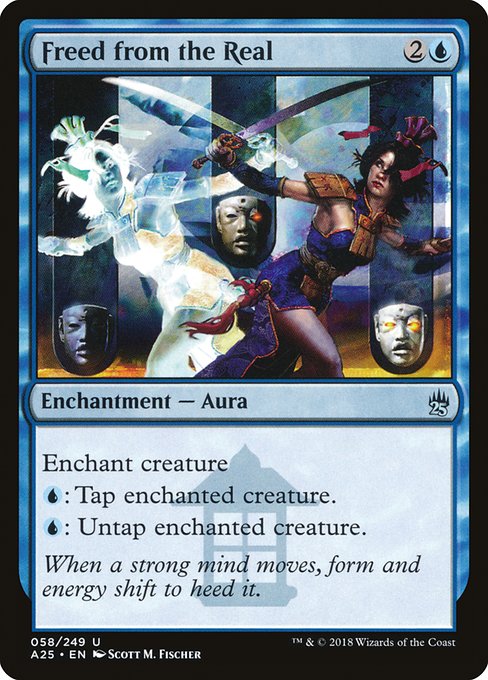
Freed from the Real
-

Skullclamp
-
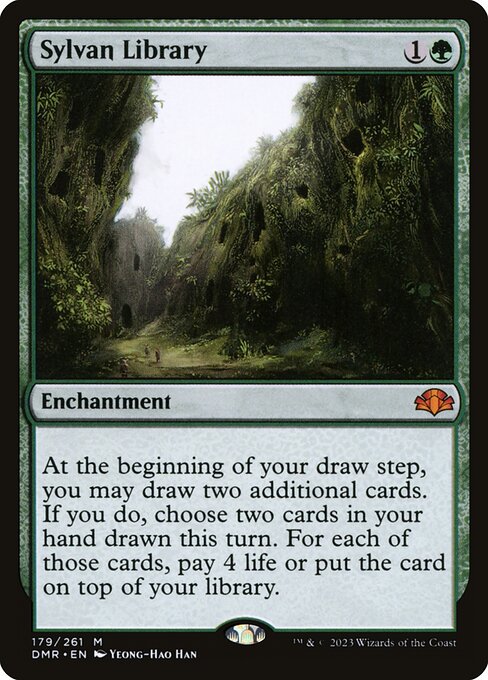
Sylvan Library
-
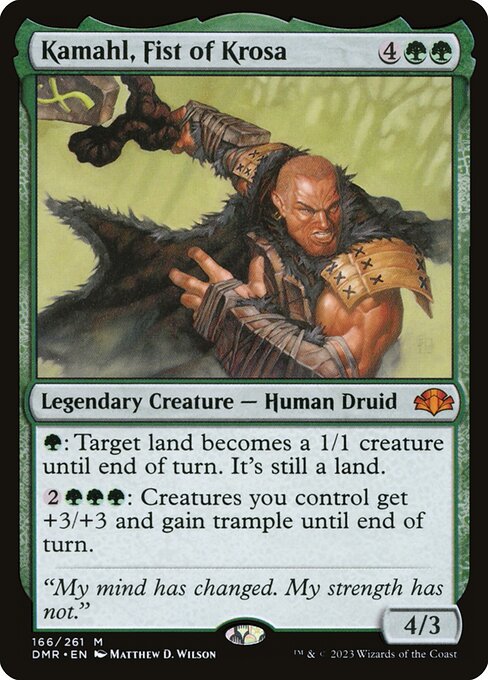
Kamahl, Fist of Krosa
-

Mana Crypt
Gameplay Summary
The game featured four unique and upgraded decks centered around powerful commanders with strong card draw engines and combo potentials.
Early turns saw players developing their mana bases and deploying key pieces like Incubation Druid, Sylvan Library, and multiple copies of Kamahl, Fist of Krosa to ramp and draw cards.
The Locust God deck quickly established a strong token presence and card draw synergy, creating a threatening board state with its insect tokens.
Meanwhile, the Elminster deck focused on controlling the game through scrying, card advantage, and board wipes, leveraging cards like Temporal Anchor and Out of Time to disrupt opponents and generate value. Throughout the game, significant interactions included the creation of infinite mana combos with Tyranids and Magus Lucea Kane, as well as the Locust God's combo with Skullclamp and Astral Altar to draw the entire deck and flood the battlefield with tokens.
Player alliances and negotiations briefly emerged to contain the growing threat of the Locust God’s card draw and token production.
The game’s tempo shifted with well-timed removal spells and board wipes, especially against key creatures and combos, but the persistent card advantage engines kept the game dynamic.
The win conditions revolved around overwhelming opponents with massive token swarms or comboing out with continuous card draw and infinite mana.




















![Commanders of Baldur's Gate Showcase [Commander VS 297] | Magic: the Gathering Commander Gameplay thumbnail](https://i.ytimg.com/vi/Z5TTX2J1LjQ/sddefault.jpg)





![Jan Jansen vs Elminster vs Faldorn vs Tasha [EDH/Commander, Magic The Gathering Gameplay 2022] thumbnail](https://i.ytimg.com/vi/W_SLTY-vWwI/sddefault.jpg)


















![Commander VS S16E7: The Locust God VS Horde of Notions VS Tatyova VS Balan [EDH] thumbnail](https://i.ytimg.com/vi/yqrnU70Qx6I/sddefault.jpg)





